Sveaborg uprising of the year 1906
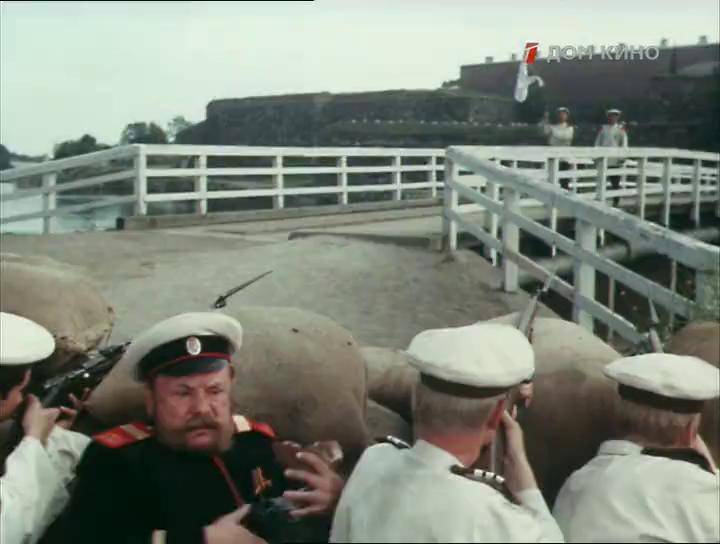
110 years ago, in July 1906, there were uprisings in Sveaborg and Kronstadt. They were attended by thousands of soldiers and sailors. The garrison of the Sveaborg fortress, located on the 13 islands at the entrance to the Helsingfors harbor, numbered about 6 thousand sailors and soldiers. Among the gunners, miners and in the naval crew were many former factory workers. The Bolshevik military organization relied on them.
The situation prevailing in Finland at that time favored revolutionary work. The power of the Russian gendarme department in Helsingfors extended only to military garrisons. The Finnish Red Guard became a notable force, with over a thousand 20 in its ranks, many of whom had weapon. The Bolsheviks attached great importance to the capture of Sveaborg and Kronstadt. The uprisings in these fortresses were considered as an integral part of the general uprising of workers, soldiers and sailors in the largest centers of the country, supported by the peasant movement. The capture of the Sveaborg and Kronstadt fortresses, the uprising of the St. Petersburg workers would make it possible to turn Finland and the Baltic into the military base of the revolution. General uprising in the Baltic navy was scheduled for July 29, 1906, but in Sveaborg the uprising began prematurely.
The Bolsheviks created a fighting center for the preparation of the uprising in Sveaborg and Helsingfors, which, in addition to the employees of the Central Group of the military organization, included representatives of the Finnish Red Guard and Sveaborg serf military committee. The group of employees of the military organization that made up the “reconnaissance commission” was engaged in studying the situation and conditions for the upcoming uprising.
Most of the miners and gunners of Sveaborg, the sailors of Skatuden, a significant part of the infantrymen in Sveaborg, Helsingfors and other garrisons (Abo, Wilmanstrand, Perki-Järvi), were influenced by the Bolshevik agitation. Such phenomena as poor quality shoes, frequent searches in barracks, including at night, etc., contributed to the growth of soldiers' discontent. However, there were no favorable conditions for the uprising. Meanwhile, only depending on the general situation in the country could the issue of the date of the uprising be properly resolved. The military-technical support of the uprising was still far from over. Therefore, despite the mood of the soldiers, the Bolshevik military organization held them back. In the face of increasing provocations by the authorities, this was a difficult task. Provocations also came from the Socialist Revolutionaries, who had influence in the garrison. It was not by chance that in July 1906, a member of the Central Committee of the Socialist Revolutionary Party, the head of their military organization E. Azef, arrived in Helsingfors, who was later exposed as a major secret police agent.
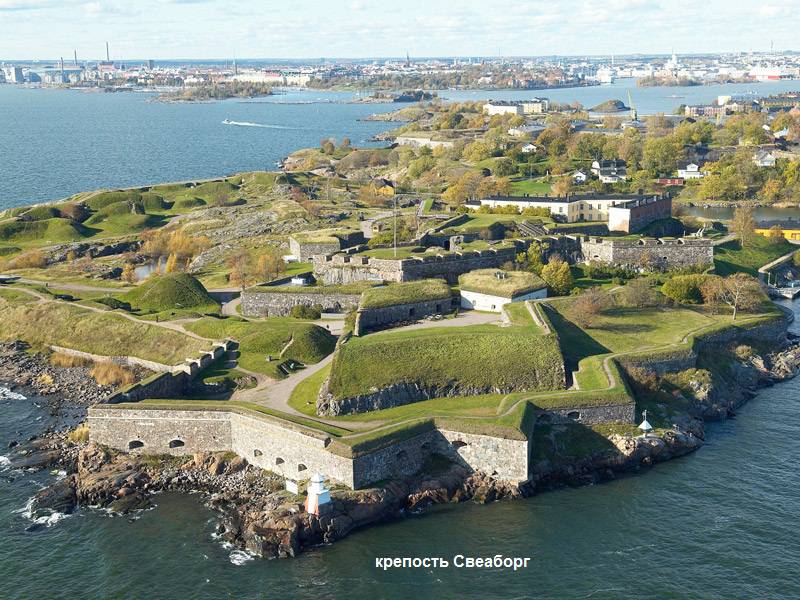
The immediate reason for the beginning of the uprising was the order to stop the issuance of the so-called "wine money" to soldiers of a mine company. In response to this order, the miners refused on July 16 to put minefields on the approaches to Sveaborg, for which they were arrested. Artillerymen rose to the rescue. After a failed attempt to free a mine company, the gunners seized guns, machine guns and rifles, crossed from Lagerny Island to Mikhailovsky, from where it was more convenient to attack and defend, and on the night of July 18 they gave a signal to revolt with guns. The central group of the military organization of the RSDLP in Helsingfors tried to stop the untimely performance. The Bolsheviks argued that the uprising would be isolated, offered to postpone it at least until the fleet returned to Helsingfors, but they could not prevent the performance.
Having received news of the exacerbation of the situation in Sveaborg and the possibility of a spontaneous explosion, the Petersburg Committee of the RSDLP accepted written by V.I. Lenin's draft resolution on the urgent dispatch of a delegation to Sveaborg to clarify the situation and help the Finnish military organization. The delegation was to achieve a postponement of speech, and in case of impossibility to do it - to join the leadership of the uprising. The St. Petersburg Committee issued a directive to the districts to establish permanent duties on safe houses, so that at any time it would be possible to raise the St. Petersburg workers for a strike.
The spontaneous, poorly prepared uprising, which was started by the artillerymen, could not be prevented. The delegation sent to Sveaborg could not. The uprising was directly led by members of the committee of the Bolshevik military organization of the fortress, second lieutenants A. Yemelyanov and E. Kokhansky, soldiers and noncommissioned officers T. Delynich, M. Ivanov, P. Gerasimov, V. Tikhonov. The 8 artillery companies from 10, the Sveaborg naval company and the 20 th naval crew in Helsingfors (about 2000 people) joined it. By the morning of July 18, the rebels captured four islands. The headquarters of the uprising was on Mikhailovsky Island, which was a strong and convenient position, both for attacking the central fortress, where Commander Lyming was headquartered, and for defense.
Initiative and desperately acted special teams on the Commandant Island. Immediately after the signal for the uprising, they managed to seize an artillery arena and deliver 20 machine guns to Mikhailovsky Island with a supply of ammunition, then carried out a successful attack on the guardhouse and freed the arrested. The artillerymen tried to win over the serf infantry units guarding the headquarters of the fortress on Komendantsky island. But negotiations with them ended in a shootout. Having picked up two dead and several wounded, at night the rebel soldiers moved from Commandant to Engineering Island. On the bridge connecting the two islands, guard posts with machine guns were set up.
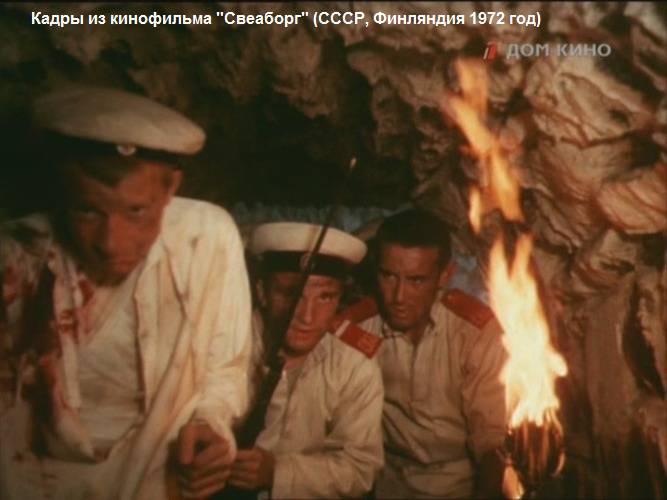
In the evening and night of July 17, the rebels were preparing for a decisive battle with government forces: they distributed calculations to cannons and machine guns, counted the presence of ammunition, prepared guns for shooting at the Commandant and Lagerniy islands, determined the positions of soldiers from other islands.
Lieutenant Emelyanov night went to the Central Group (Helsingfors) for instructions. It was also necessary to agree on the delivery of food and medicine. The central group took immediate action to bring sailors on the Skatuden peninsula and crews on the Emir Bukhara, Finn and other ships on alert. The naval committee was given the task of raising a rebellion in the port and on ships at the signal.
Sveaborzhtsam had to develop energetic offensive actions, paralyze the island of Lagerny, closest to Mikhailovsky, and, putting an ultimatum to the fortress headquarters for surrender, concentrate fire on the Commandant Island, where the infantry units of the fortress garrison sat down. In the garrisons of Vyborg, Wilmanstrand, Perki-Järvi, Tusbiu, the members of the group LA Vorobev and N.M. Fedorovskiy with the task of raising soldiers and starting an uprising upon receiving a conditional telegram.
On the morning of July 18, according to the conditional signal of the Central Group, a revolt was raised on the Skatuden Peninsula. The sailors, led by the naval committee, on an alarm signal seized weapons and ammunition, lined up in the courtyard of the barracks, raised a red flag in the port, arrested the officers. A squad of Red Guards (about 100 people) arrived to help the sailors. To the rebels were to join the ships. However, overnight there were big changes: all the "unreliable" sailors were locked in the holds, and the crews were brought in conductors, midshipmen and officers from other ships. Instead of the expected support, the sailors came under fire from machine guns and guns. Part of the rebels, together with the Red Guards, managed to move to the city, while others retreated to the barracks and were arrested. About five o'clock in the evening Skatuden was occupied by the royal troops.
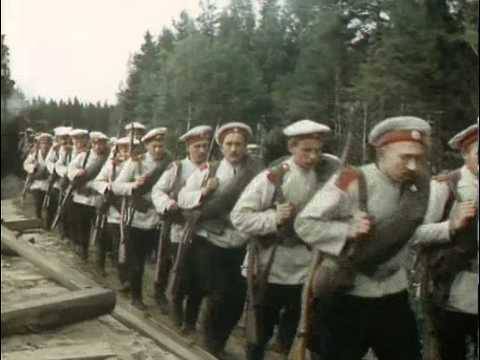
The rebels of Sveaborg from the Artillery and Engineer Islands at dawn on 18 July opened fire on the Commandant Island from 9-pounder field guns and machine guns. The bombing was led by E. Kokhansky. Numbers of calculations worked clearly and fired accurately, as on the landfill.
By noon, he returned from Helsingfors A. Emelyanov. He brought the directive, which ordered to develop an uprising and go on the offensive. The soldiers were delighted and excited by the news of the uprising on Skatuden and help from the Finnish Red Guard. In the Mikhailovsky Fort, on the most elevated place of the fortress, a large red flag brought by Yemelyanov was raised. By this time, Mikhailovsky Island was defined as the center of the uprising. Here the main forces, the main fortifications were concentrated, from here the shelling of the headquarters of the fortress and the apartment of the commandant of Layming was made artillery. Only the shooters responded from the Commandant Island. Shootout lasted all day.
The rebels had the opportunity to seize the Commandant Island, liquidate the headquarters of government forces and isolate infantry troops, but, following expectant tactics, they postponed the assault until the arrival of the squadron. This tactic helped the government gain time and move troops with artillery and machine guns to Helsingfors and Sveaborg.
Leading the fighting, the headquarters of the uprising had to take care of food. Many fighters have not eaten for about a day. The headquarters sent the ship “Shot” to Helsingfors for food. At night, he managed to break through the area illuminated by searchlights of cruisers. It was also transported to Sveaborg around 200 Red Guards, sailors from Skatuden and Russian workers. They were armed and dispersed along the shoreline of the Mikhailovsky Island in the rear of the batteries to repel fire and infantry attacks from Lagerny Island.
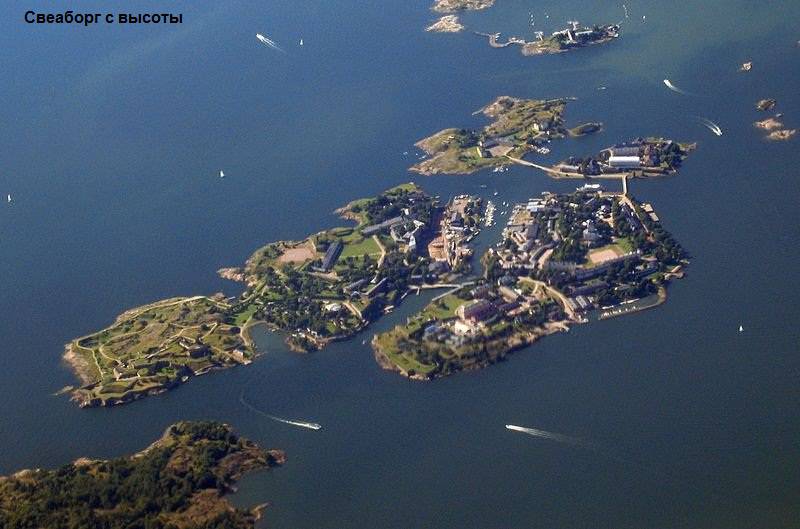
On the morning of July 19, the battle broke out with a new force. At this time, government troops began to arrive in Helsingfors. The rebels did not receive reinforcements. They continued to fire at the fortress and prepared for the assault. The idea of an immediate assault was especially strengthened after receiving the commandant’s response to the surrender ultimatum on the surrender, in which he threatened with cruel reprisals. In response to the threat of the commandant, the artillerymen again began the fierce bombardment of the central fortress and Lagerniy Island. Several houses caught fire, the Komendantsky Island was clouded with smoke.
But at that moment, when the rebels thought that victory was already near, an explosion of terrible power rang out on Mikhailovsky Island. One of the shells flew into the powder magazine, where the 3500 poods of gunpowder were stored. The explosion caused severe destruction and casualties. About 60 people were killed and seriously injured. Among the wounded was one of the main leaders of the uprising, Lieutenant Emelyanov.
In the 6 hours of the evening of July 19 a squadron appeared on the horizon. However, the ships did not come to the aid of the rebels, but the commandant of the fortress. As it turned out, the command was able to prevent the uprising of the squadron by decisive measures. The crews of the ships were re-equipped with midshipmen and trustworthy sailors.
Departing 11-12 km (beyond reach, artillery "rebels"), the battleship Tsesarevich and the cruiser Bogatyr fought a fierce fire on the rebels for two hours, causing great damage and causing fires. At the same time, the troops bombarded them with guns and machine guns from the Commandant, Lagerny, Aleksandrovsky and Nicholas islands.
The position of the rebels was very difficult. And yet they decided to storm the central fortress. At this time there was a new strong explosion. Ammunition exploded from a shell hit. From the assault had to be abandoned. The rebels began to once again strengthen their positions and cover the guns, resumed shelling. During 18 and 19 July, they spent on the central fortress and the ships of the squadron 646 shells and 90 thousand rounds. However, it was clear that a single bombardment could not ensure success. In addition, government forces continuously received replenishment. To continue the struggle was pointless. In the evening, the artillery duel stopped. But the machine gun and rifle shooting on both sides continued.
Late at night, the wounded Emelyanov assembled representatives of the companies on the military council. After discussing the situation, the leaders decided to stop the fight and take steps to save the lives of the participants in the uprising. Some of them in boats still broke through artillery and rifle fire into the city and the skerries. About 80 soldiers and sailors, the Bolsheviks with the help of Finnish comrades transported across the border.
On the morning of July 20, the troops who had suppressed the uprising went on the offensive and captured the position of the rebels. About 1000 uprising participants were disarmed and arrested. The uprising uprising was defeated due to a number of general and particular causes. It occurred during the recession of the revolution, was not supported by other one-time mass demonstrations. The rebels made a number of serious mistakes that precipitated their defeat.
The uprising in Kronstadt, which was initiated upon receipt of a conditional telegram from the co-liberators, was directly connected with the uprising in Sveaborg. By the summer of 1906, almost all military units of the Kronstadt garrison had Bolshevik cells and circles, battalion and regimental committees that were part of the city committee of the military organization. Since May 1906, on the instructions of the Petersburg Committee of the RSDLP, an experienced organizer D.Z. Manuilsky, who won great prestige among the soldiers and sailors. The Bolsheviks ensured the connection of soldiers and sailors with the workers of the city.
In preparing for a joint armed uprising of the workers, soldiers and sailors, the Bolsheviks fought hard against the adventurism of the Socialist-Revolutionaries, who had a fairly strong military organization in Kronstadt. But the Social Revolutionaries still managed to raise the sailors and soldiers to the uprising, which was not prepared. When the uprising became inevitable, the Bolsheviks did their best to make the performance organized. To this end, representatives of the Petersburg Committee of the RSDLP and its military organization arrived in Kronstadt. But for the remaining few hours it was difficult to do anything. It was not even possible to notify about the beginning of the uprising of the artillerymen, the serf infantry battalions, the electrical engineering company.
The uprising in Kronstadt, launched on July 19, lasted for 5-6 hours. Most of the sailors of the 1 th and 2 th naval divisions that went outside did not have a weapon - the authorities had taken it back in advance. Managed to get only 100 rifles, and those without cartridges. Having no general leadership, the sailors soon retreated to the barracks and fired back for a while. Soldiers of the minefield and the sapper company, who captured the coastal fortification "Litke" and the fort "Konstantin", were successfully operating. However, under the action of the superior forces of the consolidated detachment of government troops, the miners and sappers were forced to raise the white flag. In Kronstadt, about 300 soldiers of the mine and sapper company were arrested, about 3000 sailors.
On the night of July 20, the crew of the “Memory of Azov” cruiser standing in the bay also performed. The sailors led the cruiser to the Revel raid, hoping to establish contact with the workers and raise an uprising on the training ship "Riga". However, their intentions were not fulfilled. The cruiser crew’s speech was crushed, the sailor’s 223 was arrested.
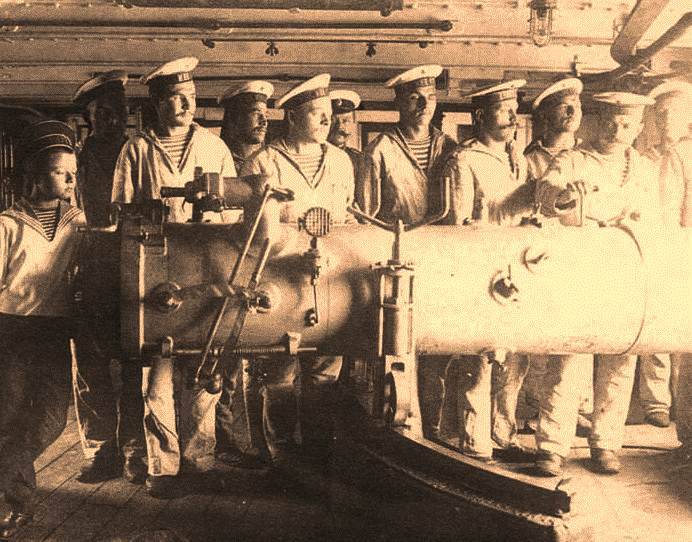
The Bolsheviks tried to maximize the use of performances in the army and navy. July 20 The Petersburg Committee of the RSDLP received instructions from VI. Lenin on the strike to support the Kronstadt uprising. On July 21, the strike began and embraced more than 100 thousands of St. Petersburg workers. However, the uprisings in Sveaborg and Kronstadt were quickly suppressed, they did not serve as the beginning of the all-Russian uprising.
On the verdict of the military court of 28 July, the leaders of the Sveaborg uprising were shot. In August and September, four more trials of soldiers and sailors, pastors, took place. As a result, 18 people were sentenced to death, 127 were sent to penal servitude, more than 600 were sent to disciplinary battalions.
In Kronstadt, 36 people were executed, 130 was sent to hard labor, 316 was imprisoned, 935 was sent to correctional and detention centers. 18 active participants in the uprising on the cruiser "Memory of Azov" were also shot.
Sources:
Sokolov V. Military uprising in Sveaborg in 1906 year // First assault on autocracy. 1905 - 1907 years. M .: Politizdat. 1989. C. 470-503
Semenkevich N. Sveaborg M .: Voenizdat, 1966. C.118-146, 232-280.
Shigin V. The case of the “Memory of Azov”. M.: Veche, 2012. C. 77-194.
Y. Korablev. Uprising in Sveaborg and Kronstadt in July 1906. // visage 1975 No.7. C.86-91.
Kolonitsky B. The memory of the first Russian revolution in 1917: cases of Sevastopol and Helsingfors. // Emergency ration. 2009. No. 2 (64). C.37-46.
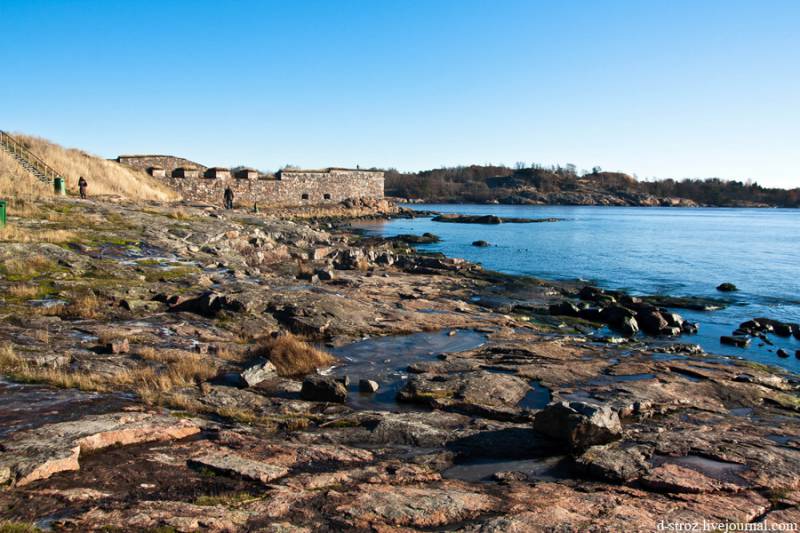
Information